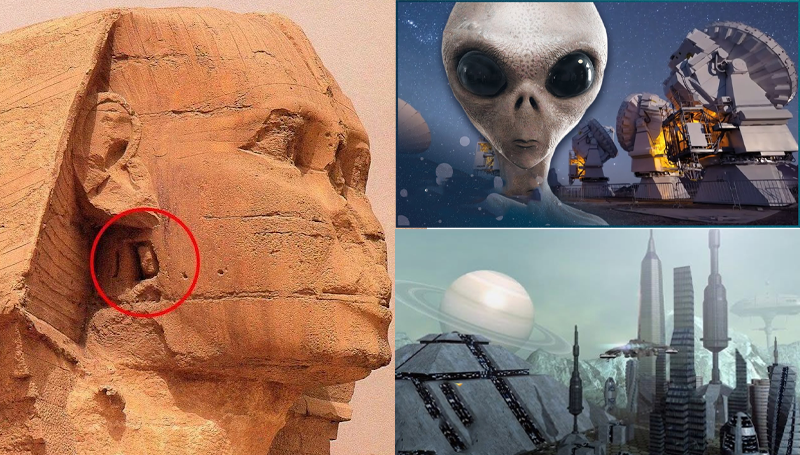Russian boy Boriska Kipriyanovich has confounded experts with his knowledge of outer space for nearly 20 years.
Boriska Kipriyanovich, a Russian boy from Mars, reveals how to unlock the sphinx in Egypt, which is said to contain a secret affecting human life.
Recently, Boriska Kipriyanovich, who claimed to be a Martian reincarnated on Earth, said that the ancient Egyptian colossus known as the Sphynx held the key to unlocking the mysteries of the universe and the end of the world.
Similar to how Mark Lehner, an American archaeologist, learned about the mysteries of the Sphinx after meeting infamous clairvoyant Edgar Cayce, who witnessed how Atlantean exiles hid their great civilization’s secrets in a hall of records beneath the Sphinx.

What exactly is Giza’s Great Sphinx?
According to History, the Sphinx is a 4,500-year-old limestone megastructure that is located next to the Great Pyramid in Giza, Egypt. It is one of the world’s largest monuments and is around 240 feet long and 66 feet high. The origin and history of the Sphinx, one of the most well-known artefacts from the Egyptians, are still up for controversy.
The mythical animal known as a sphinx has a human head and lion’s body, among other varieties. It is a significant character in Asian, Egyptian, and Greek mythology. It was frequently portrayed with a male Pharaoh headpiece and was thought to being a spiritual guardian in ancient Egypt.
Finding Evidence of a Lost Civilization
Mark Lehner didn’t set out to discover the secrets of the Sphinx, but after numerous unplanned events, it appeared that he was fated to learn more about the Egyptian behemoth. Little was known about who built the Sphinx, when it was built, or why. Lehner settled in and spent a total of five years studying the entire megastructure in an office tucked in between the enormous paws of the Sphinx. Lehner received a doctorate in Egyptology from Yale as a result of his work, which produced a detailed image of the statue’s patched surface.
In the 37 years following his initial arrival in Egypt, Lehner has undertaken a variety of field studies at Giza and is now regarded as one of the foremost Egyptologists and Sphinx experts in the world. According to the Smithsonian Magazine, Lehner contributed to confirming theories that Giza, including the Sphinx, was a part of a massive sacred machine built by the ancient Egyptians to harness the Sun’s power to sustain both Earthly and divine order. Lehner applied his knowledge and archaeological sleuthing in the two-square-mile radius of the Giza plateau.
As Lehner yearned for the famous Atlantean library, he found a Lost City.
Contrary to popular belief, the Sphinx was not built piece by piece. Near actuality, it was carved from a single limestone mass that was made visible when laborers excavated a quarry in the plateau of Giza. It is one of the largest and oldest monolith statues in the world, at over 66 feet tall and 240 feet long.
Lehner suggests that the magnificent works of architecture and engineering, the pyramids and the Sphinx, were erected during a period of reliable rainfall. The constructions eventually dry out, leaving us with the beautiful landscapes and structures we see today. Limestone pieces from the Sphinx recently fell off as a result of sewage being thrown in a nearby canal. Although a catastrophe was averted, it provides information on how the Egyptian pyramids were built.
https://youtu.be/Vk3Mvd_AZHw
 The African History Truly African
The African History Truly African

